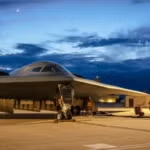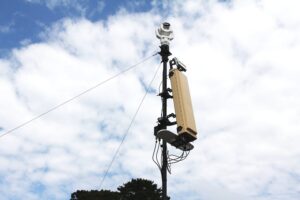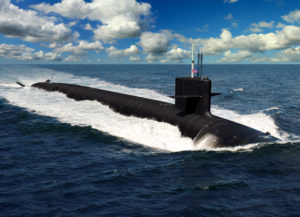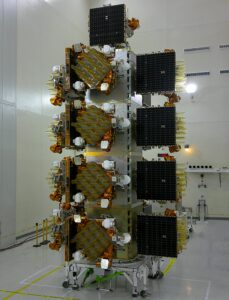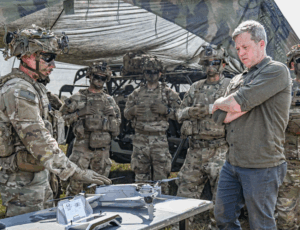
The U.S. Air Force has been aiming to finish an Adversary Air Capabilities Development Plan by the end of the year--a roadmap to fulfill a service requirement of 90,000 training sorties per year without contractor support by 2030. During the Red Flag 21-3 exercise at Nellis AFB, Nev. in August, pilots from the 64th Aggressor Squadron flew Lockheed Martin [LMT] F-35As as dedicated adversary air training planes for the first time. The 64th previously had had Lockheed Martin F-16s. The…





